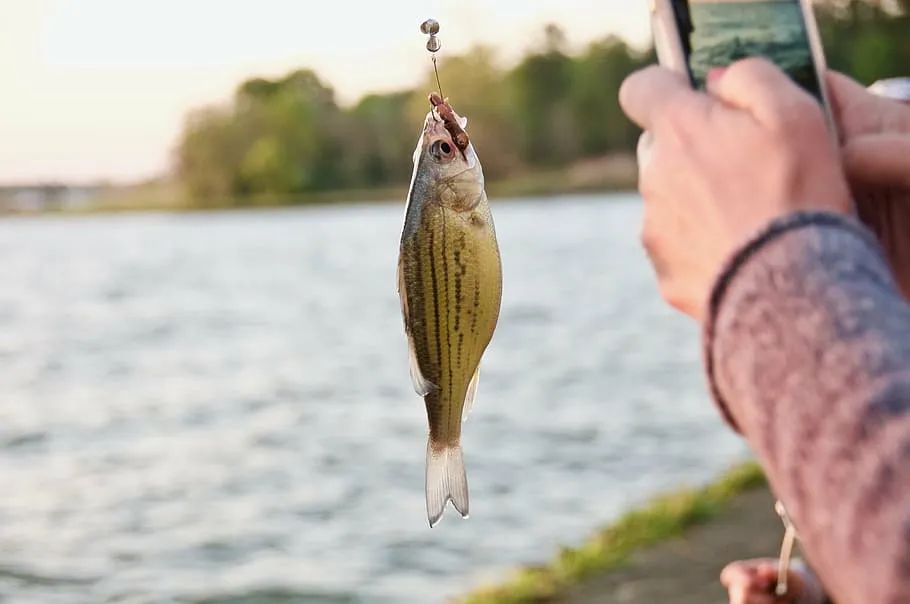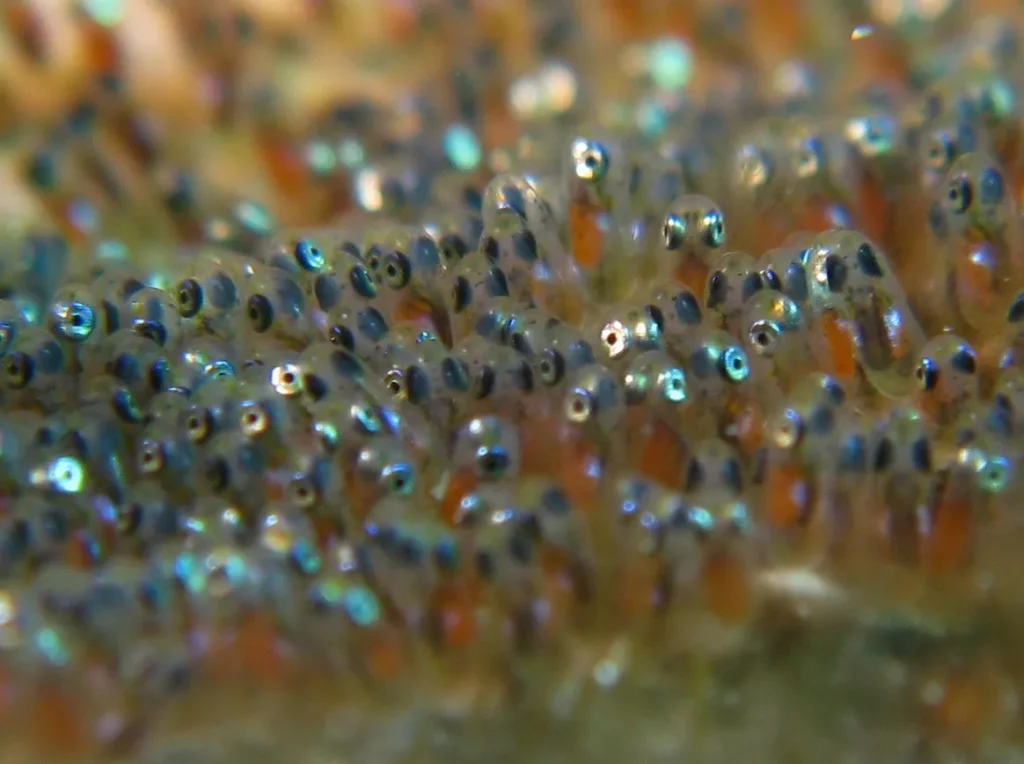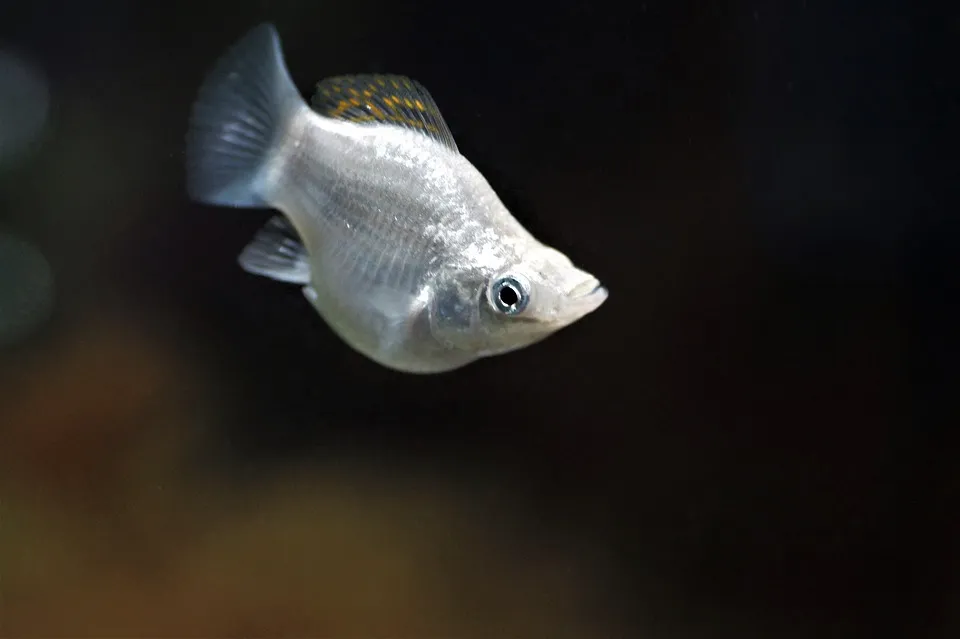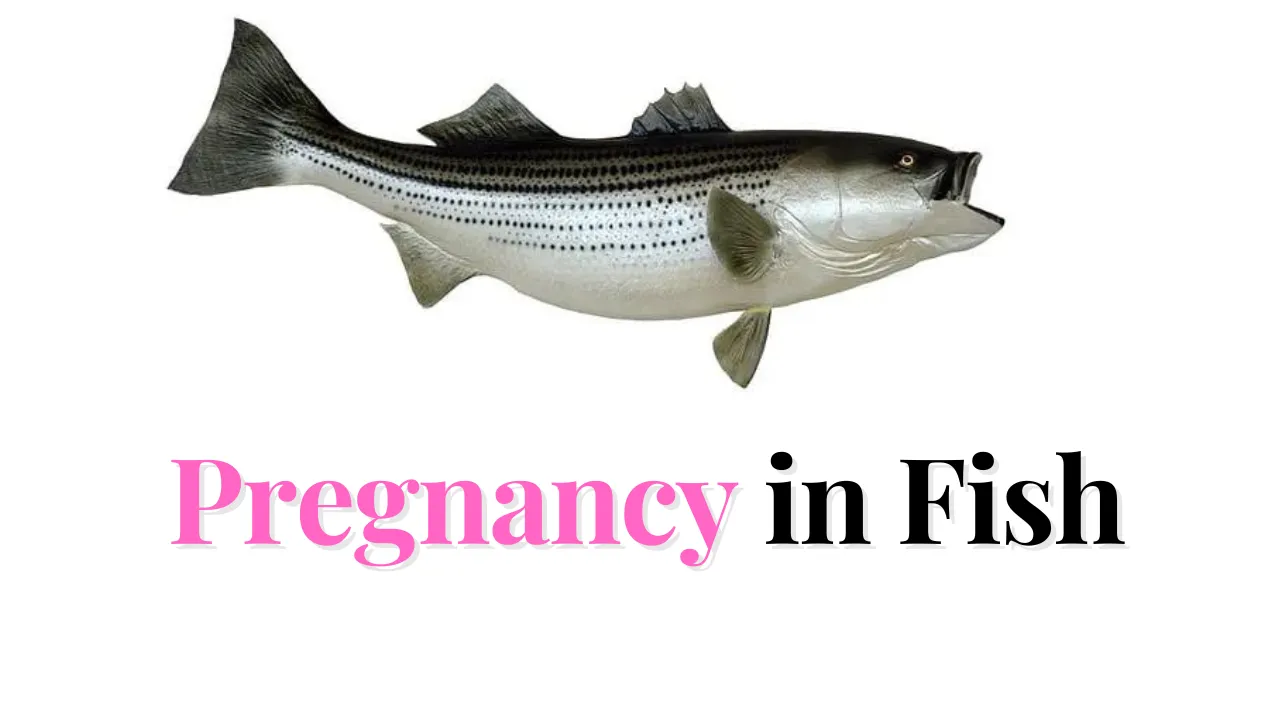Introduction
Pregnancy is a phenomenon that is not limited to mammals. In fact, many fish species are known to reproduce through internal fertilization, leading to a period of gestation commonly referred to as fish pregnancy.
The duration of fish pregnancy time can vary greatly depending on the species and environmental factors, and the process itself is often shrouded in mystery.
In this article, we will take a closer look at pregnancy in fish, exploring the different stages of gestation, factors that influence fish pregnancy time, and some of the most frequently asked questions on this topic.

The Different Stages of Fish Pregnancy Time
While fish pregnancy time can vary greatly depending on the species, there are some common stages of gestation that most fish go through. These stages include:
Fertilization: In most fish species, fertilization occurs internally, with the male fish releasing sperm into the female fish’s body. The eggs are then fertilized inside the female’s body, marking the start of the pregnancy.
Egg Development: After fertilization, the eggs begin to develop inside the female’s body. Depending on the FISH and environmental conditions such as water temperature and food availability, this process may take a few days to several months.
Embryo Development: As the eggs continue to develop, the embryos inside them begin to take shape. During this stage, the embryos develop organs, muscles, and other vital structures necessary for survival outside the egg.
Hatching: Once the embryos have fully developed, the eggs hatch and the young fish are born.
Factors that Influence Fish Pregnancy Time
Species: Different fish species have different gestation periods, ranging from a few days to several months.
Environmental Factors: Water temperature, food availability, and other environmental factors can impact fish pregnancy time. For example, some species may delay their pregnancy until water temperatures reach a certain level, while others may delay their pregnancy if food is scarce.
Genetics: Some fish species are genetically predisposed to longer or shorter gestation periods.
Size: Larger fish species tend to have longer gestation periods than smaller fish species.

How do you know if Fish are Pregnant?
Fish can be wonderful pets and a beautiful addition to any aquarium. As fish owners, it’s our responsibility should know the pregnancy of fish. Knowing if your fish is pregnant can be beneficial for several reasons, such as providing the necessary care for the pregnant fish and the fry.
Understanding Fish Pregnancy
Before we dive into the ways to identify a pregnant fish, it is important to understand the basics of fish pregnancy. Fish lay eggs and fertilization typically happens outside their body. The eggs are either laid or held inside the female fish’s body until they are ready to be released.
Physical Changes
If your fish shows any physical changes, this is one of the easiest ways to find out whether it is pregnant. Compared to fish that are not pregnant, pregnant fish typically have larger, rounder abdomens.
The growing eggs inside the female fish’s body are what are causing the abdomen to swell. Not all fish species, it should be noted, undergo physical changes during pregnancy. Fish from some species look the same whether they are pregnant or not.
Behaviors
Observing your fish’s behavior is another approach to finding out whether it’s pregnant. Pregnant fish tend to be less active and may become more reclusive. They may also become more protective of their nesting area or territory.
Additionally, pregnant fish may stop eating or eat less than usual. It’s important to watch the fish’s behavior in relation to its usual behavior because not all pregnant fish exhibit these behaviors.
Gender Identification
Identifying the gender of your fish is also crucial in determining if your fish is pregnant. Most fish species have distinguishable physical characteristics that differ between males and females.
Male fish typically have a more vibrant coloration and may develop more exaggerated fins or other physical traits to attract a mate. The abdomen of pregnant female fish, on the other hand, tends to get larger and rounder.
Using A Breeding Tank
Using a breeding tank can make it simpler to tell if your fish is pregnant if you’re interested in fish breeding. A breeding tank provides a controlled environment for your fish to breed and lay eggs.
Once the eggs have been laid, it is simple to keep track of the pregnancy and watch the eggs develop. Additionally, a breeding tank allows you to provide the necessary care for the pregnant fish and the fry.
Other Methods
There are more ways to tell if your fish is pregnant besides the ones already stated. For instance, certain fish species may lay their eggs on the water’s surface or on plant leaves. If there are any eggs in your tank, your fish has most definitely laid eggs. You can also take your fish to a veterinarian to find out if it is pregnant.

Do fish lay eggs or give birth?
Most fish species lay eggs as a means of reproduction. The eggs are fertilized externally, meaning the male fish releases sperm onto the eggs after the female fish lays them.
Some species, including salmon and trout, make nests called “redds” in the gravel of streams and rivers where they lay their eggs. Other species, like sharks, lay their eggs in hard, leathery cases called “mermaid’s purses.”
Many fish species, such as varieties of sharks, rays, and some kinds of guppies, however, give birth to live offspring. These fish are viviparous, which means they carry their growing embryos inside of them until birth. In the world of fish, this event is comparatively uncommon.
How often can fish have babies?
Depending on the fish species, fish can give birth at a variety of different rates. While some fish can spawn more than once a year, others can only do so once or even less frequently.
For instance, Although larger fish like tuna and cod may only reproduce once a year, other small tropical fish species, such as guppies and swordtails, can reproduce every few weeks.
Fish reproductive cycles are frequently impacted by environmental variables such as temperature, water quality, and food availability.
Fish will often spawn more regularly in warm water with plenty of food sources. Overfishing and habitat degradation, which can affect fish reproduction and population dynamics, may lead to a decline in fish populations.
When can fish start having babies?
Fish can start having babies when they reach sexual maturity, which varies depending on the species of fish. Some fish might not start reproducing for three to four months, while others might not start for one to two years.
Species and environmental factors might affect the breeding season as well. Some fish breed year-round, while others only breed during specific times of the year.
It’s important to provide a suitable environment and appropriate food for fish to ensure successful breeding. Proper care and attention can also help prevent disease and other health issues that may affect their ability to breed.

What to do if your Fish is Pregnant
If you have a pregnant fish, there are a few things you can do to help ensure a safe and healthy pregnancy.
First, provide your fish with a separate breeding tank. This will give them a safe and stress-free environment to lay their eggs and care for their offspring.
Next, make sure the water in the tank is clean and well-filtered. Pregnant fish are more susceptible to disease and infection, so it’s important to keep the water quality high.
Finally, make sure your pregnant fish is receiving a healthy and balanced diet. Feed them a variety of foods including live or frozen foods such as bloodworms, brine shrimp, and daphnia.
By following these steps, you can help ensure a successful and healthy pregnancy for your fish.
Conclusion
Pregnancy in fish is a fascinating and complex phenomenon that remains a mystery to many. Fish pregnancy time can vary greatly depending on the species and environmental factors, and the process itself is often shrouded in mystery.
By exploring the different stages of gestation, factors that influence fish pregnancy time, and some of the most frequently asked
FAQs About Pregnancy in Fish
Can all fish species get pregnant?
Not all fish species reproduce through internal fertilization and pregnancy. Some species lay eggs that are fertilized externally.
How long does fish pregnancy time last?
Fish pregnancy time can vary greatly depending on the species and environmental factors. Some fish have gestation periods as short as a few days, while other fish can take many months.
Can you tell if a fish is pregnant?
It’s really hard to figure out whether fish is pregnant or not. However, some signs of pregnancy in fish include a swollen belly and a change in behavior.
What happens to the male fish during pregnancy?
n most fish, the male fish plays no role in the pregnancy and is not involved in caring for the babies once they are born.
Check out other articles About Fish
Ribbon Fish – All about this Amazing Fish
Barracuda Fish: Everything You Need to Know -The Ultimate Guide

